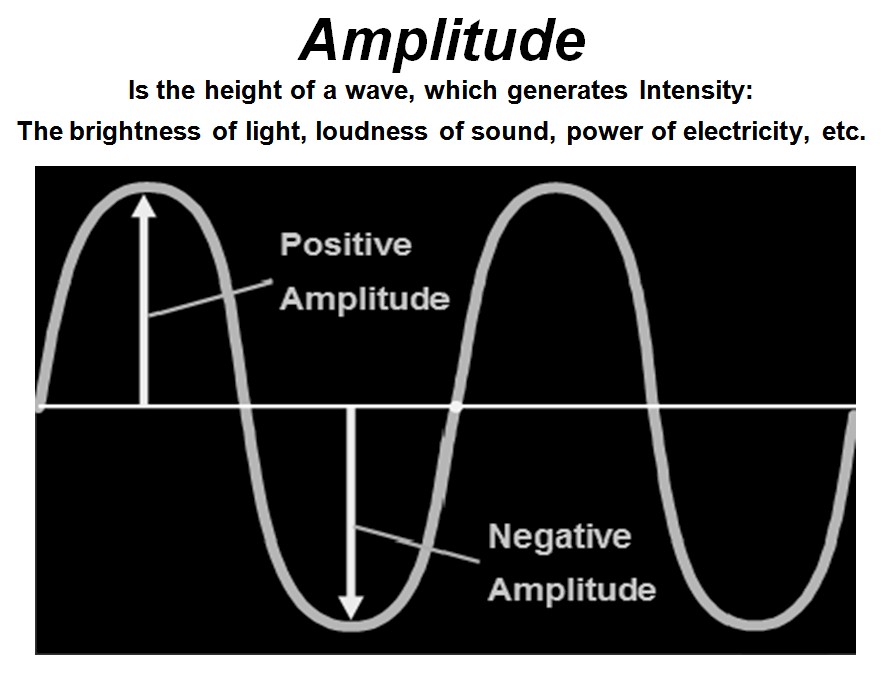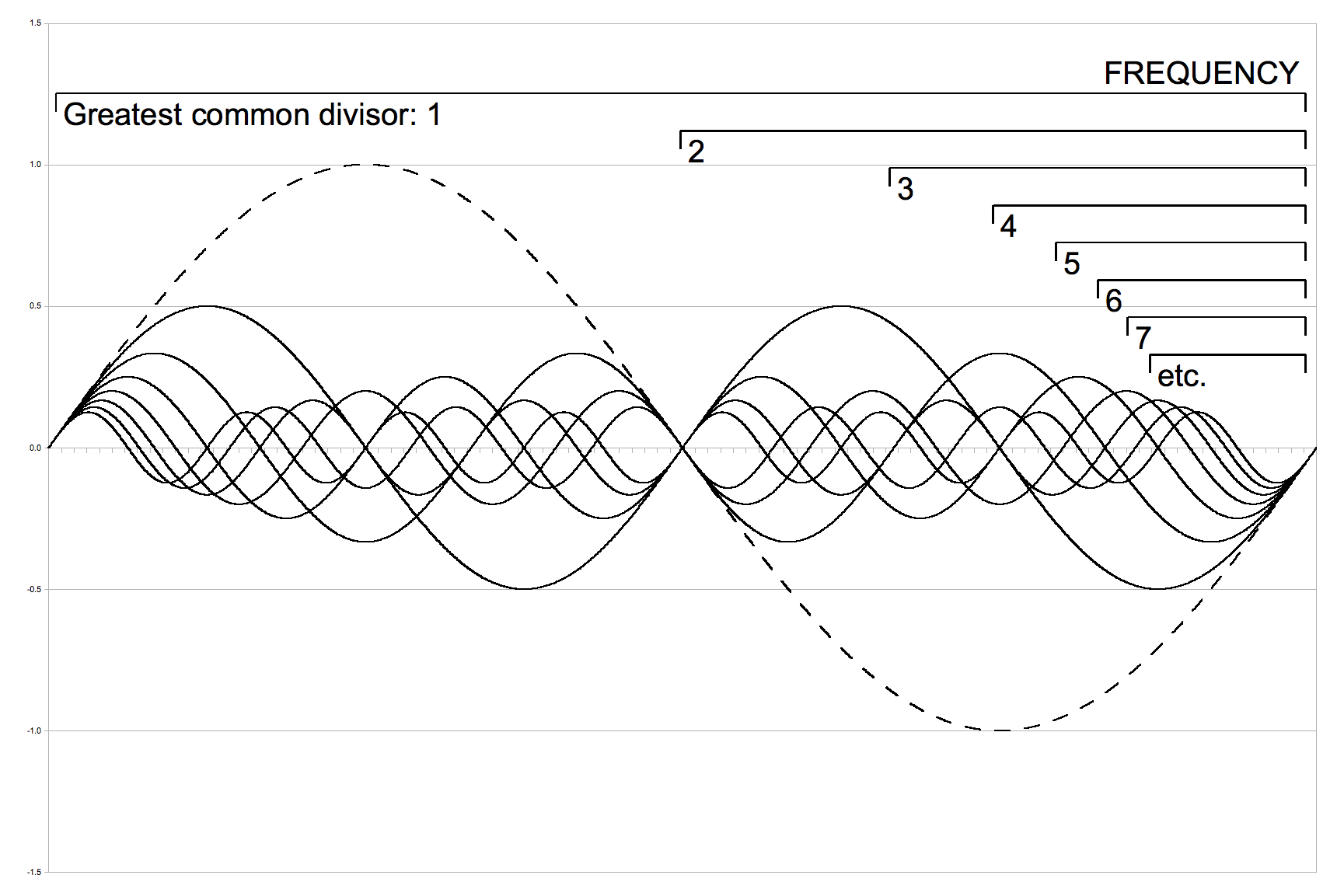Hello guys! Today we are going to study Amplitude Modulation, what are its uses and limitations. As is evident, mobiles are ubiquitous in today’s world. If not smartphones, you at least have a device at your place you can pick up and call a person who may be situated in any part of the world.
In fact today it is an easy deal to pick up the phone and video call much less an audio call and talk to your near and dear ones. This was not the case a few decades ago. Marvels of modern technology in this age are increasing by the day. But most of them have at their base some very strong fundamentals. Let us study them in detail.
Browse more Topics Under Communication Systems
- Basic Terminology Used in Communication Systems
- Propagation of Electromagnetic Wave
- Bandwidth of Signals
- Bandwidth of Transmission Medium
- Modulation and Its Necessity
- Amplitude Modulation
- Production of Amplitude Modulated Wave
- Detection of Amplitude Modulated Wave
Suggested Videos
Introduction
Have you ever wondered how what you speak on the phone at one location, (the phone is readily free from any wire connectivity) is clearly audible to a person miles away? The beginning of that answer to that is what we intend to decipher in this discussion.
We all know that ‘sound’ is a form of energy. Any sound produced is basically a series of vibrations that travel through the air in form of a ‘Transverse wave‘ i.e. a series of compressions and rarefactions in the air; the concept of which has been dealt in another discussion. But how does sound get transmitted electronically?
This can be explained by a simple example. Suppose you have a string that is attached to a metal strip that reflects light. Now if you cause that string to vibrate and place the sheet in front of a screen, the screen captures the vibrations of light. If you can record the vibrations and study them you will notice a pattern generated.
That is exactly how sound is transmitted online particularly through light or radio waves. Two very important parts of a sinusoidal wave are:
- Amplitude: The maximum displacement of a particle from its mean position as it transmits a wave is the Amplitude of a wave.

- Frequency: The Frequency of a wave is defined as the number of waves that pass a given point in space per unit time. It is basically the reciprocal of the time period of a wave.

Both these properties play a very important role in determining the strength of a signal and determining the quality of an audio or visual wave. In this discussion, we focus on Amplitude Modulation only.
You can download Communication Systems Sheet by clicking on the download button below

Amplitude Modulation
The transmission of a wave signal by modulating the amplitude of the signal is Amplitude Modulation. What this means that we only modulate that is increasing or decreasing the amplitude of the wave to be transmitted as a signal so as to not affect its content but strengthen the signal and send it over long distances.
At the source, the signal is modulated and sent and at the receiver, it is received, demodulated and filtered to remove any obstruction that may have occurred during transmission to provide the content.

We do amplitude modulation of a signal wave by superimposing it with a carrier generated signal and this causes a change in its amplitude. It is this modified signal and is sent via a transmission.
On receiving the signal by the receiver the signal is demodulated by removing the carrier signal and the original data is seen again at the receiver end. This system is very simple and straightforward. In fact, this was the main method used in initial radio applications.
Mathematical Study
Consider a message signal and a carrier signal. Let the message signal be m(t)=A’sin(ω’t) and the carrier signal be c(t)= A”sin(ω”t). Now the amplitude modulated signal involves the superposition of both these signals. Let the modified signal be s(t),
s(t)= m(t) + c(t)
= (A”+A’sin(ω’t))sin(ω”t)
Using addition of sinusoidal functions and cos rule we get,
s(t)=A”sin(ω”t)+ KA”cos(ω”-ω’)t – kA”cos(ω”+ω’)t
Where (ω”-ω’) is the lower side frequency and (ω”+ω’) is the upper side frequency. Thus the modulated signal consists of main frequency ω” and 2 side frequencies of little variations. This is the basis of the Amplitude Modulation

Applications of Amplitude Modulation
- In broadcasting transmissions over large distances: We use AM is widely in radio communications over long distances in transmissions.
- Radio: Often we use the radio for music. Radio uses transmission based on Amplitude Modulation.
- Air traffic control: Used in a 2-way communication over the radio for aircraft guidance.
Advantages and Disadvantages of Amplitude Modulation systems
Advantages:
- It is cheap
- It is easily available
- Very simple to implement
Disadvantages:
- It requires more than twice the amplitude frequency to modulate the signal with a carrier.
- As a result, the efficiency of such a system is very low as it consumes a lot of power for modulations and this causes a considerable operational cost.
- Amplitude modulation systems are susceptible to noise generation.
- This deteriorates the quality of the original signal at the receiving end and causes problems in the quality of the signal.
- This limits the applications of Amplitude Modulation to Radios, VHF, and systems used for one to one communications only.
Solved Questions For You
Q. Which of the following is not a part of the generalized communication system
- Receiver
- Channel
- Transmitter
- Rectifier
Solution: D. Receiver, Channel, and Transmitter are parts of the communication system.






Leave a Reply